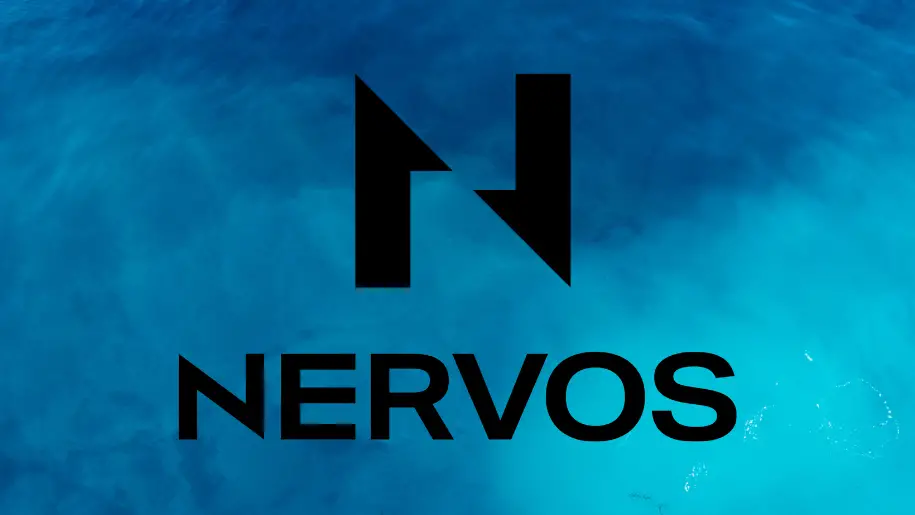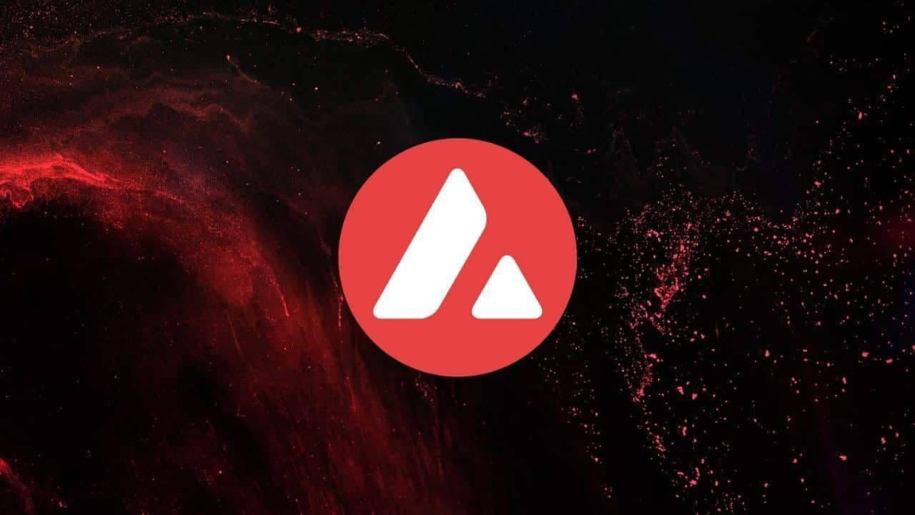Interacting with a blockchain network requires a way to communicate with the network’s nodes. In the case of the Nervos Network, developers and applications can interact with Nervos nodes using Application Programming Interfaces (APIs) and Remote Procedure Call (RPC) interfaces. These interfaces provide a bridge between the network and external systems, enabling various interactions and data retrieval. In this article, we will explore how APIs and RPC interfaces facilitate interaction with Nervos nodes.
APIs and RPC interfaces serve as the primary means of communication between applications and Nervos network nodes. They provide a set of methods and endpoints that allow developers to perform various operations, retrieve blockchain data, and interact with smart contracts. Let’s delve into their functionalities and usage.
- Data Retrieval: APIs and RPC interfaces enable developers to retrieve blockchain data, such as transaction information, block data, account balances, and contract states. By making API calls or using RPC commands, developers can access the latest blockchain information and build applications that display real-time data to users.
- Transaction Submission: APIs and RPC interfaces allow developers to submit transactions to the Nervos Network. Through these interfaces, developers can construct and sign transactions, specify gas limits and fees, and broadcast them to the network. This functionality is crucial for interacting with decentralized applications (DApps) or executing smart contracts on the Nervos blockchain.
- Smart Contract Interaction: APIs and RPC interfaces provide methods for interacting with smart contracts deployed on the Nervos Network. Developers can invoke contract functions, send parameters, and retrieve results using the provided interfaces. This allows the integration of Nervos smart contracts into external applications or DApps, enabling seamless interaction between the blockchain and the application layer.
- Account Management: APIs and RPC interfaces facilitate account management operations, such as creating new accounts, retrieving account information, and managing account balances. Developers can use these interfaces to generate new addresses, query account details, and handle transactions associated with specific accounts.
- Blockchain Monitoring: APIs and RPC interfaces also enable developers to monitor the Nervos Network’s blockchain state. By subscribing to specific events or making periodic API calls, developers can receive updates on new blocks, transactions, or contract events. This functionality is particularly useful for building real-time monitoring systems or triggering actions based on specific blockchain events.
- Network Information: APIs and RPC interfaces provide access to network-specific information, including network configuration, consensus parameters, and node details. Developers can retrieve information about the network’s current state, connectivity, and consensus rules, which can assist in understanding the network’s behavior and adapting applications accordingly.
- Integration with Wallets and DApps: APIs and RPC interfaces play a crucial role in integrating Nervos network nodes with wallets and DApps. Wallet applications can use these interfaces to interact with user accounts, submit transactions, and retrieve account balances. DApps can leverage APIs and RPC interfaces to interact with smart contracts, retrieve data, and provide seamless user experiences within their applications.
To interact with Nervos network nodes using APIs and RPC interfaces, developers need to understand the available endpoints, methods, and parameters provided by the network. Nervos supports various APIs and RPC interfaces, including JSON-RPC, CKB HTTP-RPC, and CKByte RPC. Developers can refer to the Nervos documentation or developer resources for detailed information on how to interact with the network using these interfaces.
In conclusion, APIs and RPC interfaces serve as the gateway for developers and applications to interact with Nervos network nodes. They enable data retrieval, transaction submission, smart contract interaction, account management, blockchain monitoring, network information retrieval, and integration with wallets and DApps. By leveraging these interfaces, developers can build applications that interact with the Nervos blockchain, providing enhanced functionality, real-time data, and seamless user experiences.
Also Read- The Impact of Artificial Intelligence on SEO




